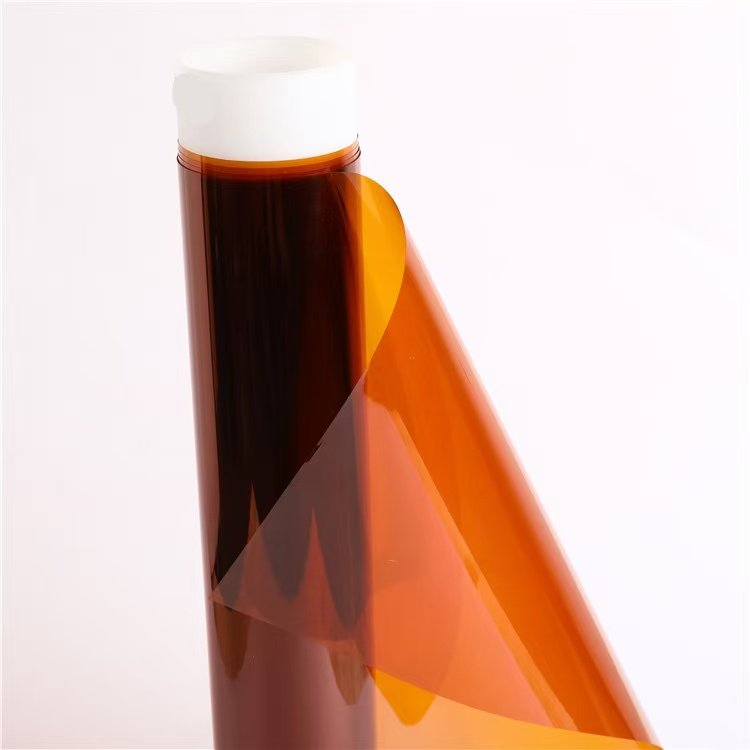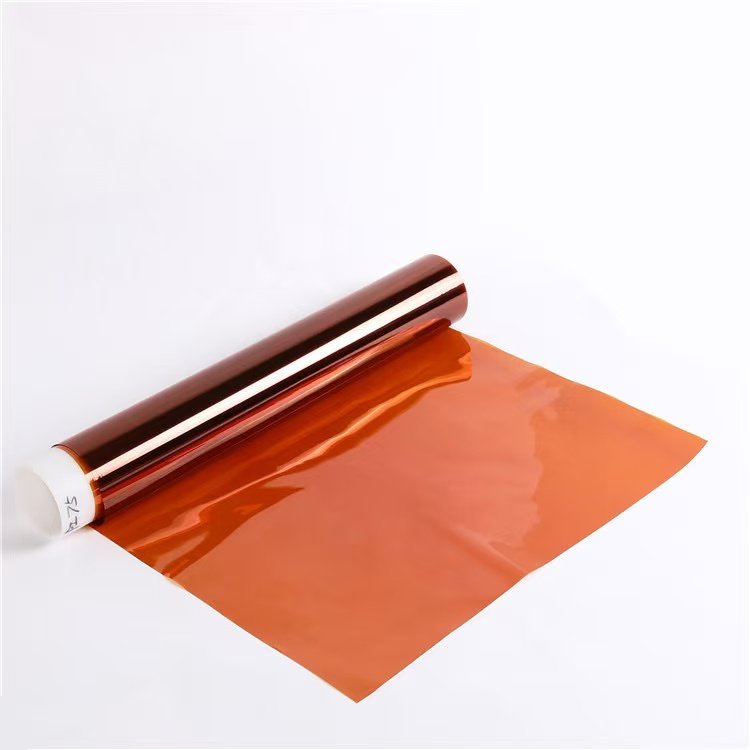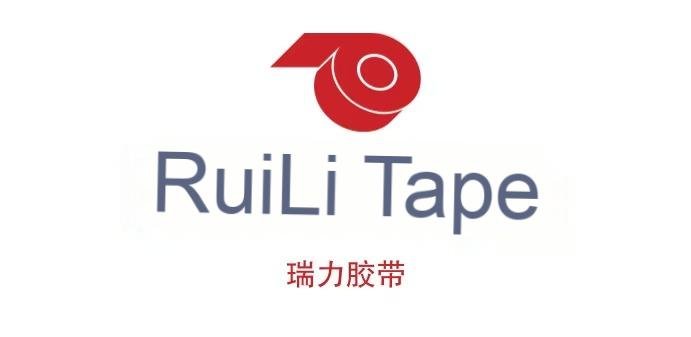The polyimide (PI) industry is an industrial chain system centered around polyimide materials, covering their research and development, production, processing, and application. Polyimide is a high-performance polymer material known as the “golden polymer material” due to its extreme high temperature resistance, chemical stability, mechanical strength, and electrical insulation properties. It is widely used in high-precision fields such as electronics, aerospace, and new energy.

Core elements of industry definition**
- * * Material characteristics**
-Molecular structure: The main chain contains repeated imide rings (- CO-NR-CO -), which endow it with high thermal stability and rigidity.
-* * Performance label * *: High temperature resistance (long-term use temperature>250 ℃), radiation resistance, corrosion resistance, low dielectric constant (suitable for high-frequency scenarios), high mechanical strength. - * * Composition of the industrial chain**
-Upstream: Raw material suppliers (such as diamines, dianhydride monomers, such as ODA, PMDA, etc.).
-* * Middle stream * : manufacturing of polyimide resin, film, fiber, foam and other forms. – * Downstream * *: Terminal applications in electronics, aerospace, automotive, new energy, military industry, etc. - * * Product Form**
-* * Thin film * * (such as flexible circuit substrate, insulation tape);
-Resin (high-temperature resistant coating, adhesive);
-* * Fiber * * (fireproof clothing, high-temperature filter material);
-* * foam * * (spacecraft thermal insulation material).
Industry Development Status**
- High technical barriers**
-The synthesis process is complex (requiring high-temperature condensation and imidization), and the purity requirements for raw materials are extremely high (such as monomer ODA, PMDA).
-High end products such as transparent polyimide and ultra-thin films are monopolized by American and Japanese companies such as DuPont, Ube Industries, and Zhongyuan Chemical. - * * Market demand driven**
-* * Electronic field * : 5G communication, flexible display (foldable screen phones), chip packaging (PI photoresist). – * New energy * *: lithium battery separator, fuel cell proton exchange membrane.
-Aerospace: Lightweight high-temperature components (engine hood, satellite thermal control film).
Industry Development Trends**
- * * Domestic substitution acceleration**
-Policy support (Guidelines for the Development of New Materials Industry) promotes the research and development of high-end PI materials and reduces dependence on imports. - * * Expansion of Emerging Applications**
-* * Flexible Electronics * *: Foldable devices, flexible sensors;
-New energy vehicles: motor insulation system, battery thermal management;
-Semiconductor: Advanced packaging with PI photoresist. - * * Greening and low-cost**
-Develop bio based monomers (to reduce petroleum dependence) and optimize synthesis processes (low-temperature solution method).
Industry Challenges**
-Raw material monopoly: Key monomers (such as PMDA) are controlled by Japanese companies such as Ube and Mitsubishi;
-* * Equipment limitations * *: High end film production relies on imported equipment (such as biaxial stretching machines);
-Environmental pressure: Traditional processes using toxic solvents (such as DMAC) require a transition to green processes.

* * Summary**
The polyimide industry is a typical high-tech barrier and high value-added new material field, and its development level directly reflects a country’s competitiveness in high-end manufacturing and cutting-edge technology fields. In the future, industry growth will rely on * * technological breakthroughs * * (monomer synthesis, process optimization), * * industry chain collaboration * * (upstream and downstream support), and * * application scenario innovation * * (such as deep space exploration, artificial intelligence hardware).
